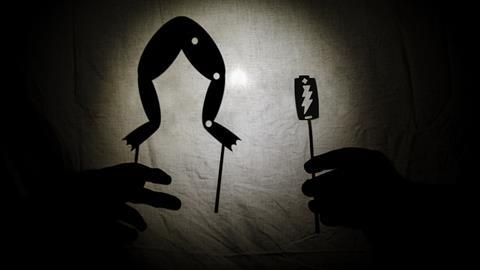How to use tales and anecdotes to engage your students and improve their recall
Science isn’t only about equations, definitions and abstract ideas – it’s about stories, heroes and villains, too. After all, the equations, definitions and ideas came from real people with real lives. And I tell those stories in my lessons.
When I’m teaching year 10 about chemical electrical cells, for instance, I start by sharing a little history snippet …
In the 1700s, Luigi Galvani once accidentally made a frog’s legs twitch while working on something else in his lab. This was weird because the frog’s legs had already been cut off. He played around with the idea for a while, and decided that it was because of ‘animal electricity’. He had, he reckoned, discovered that there is a powerful vital force inside our bodies, which moves us, gives us our being and explains why we’re alive.
Alessandro Volta, however, disagreed. He tried out Galvani’s experiments and made an astonishing discovery. The legs would only twitch, he found, if two different metals were connected to the frog. Pondering this, he hypothesised that he might be able to generate this so-called life force in the lab, without any animals. Sure enough, he found that a combination of two different metals and the right sort of liquid gave rise to an electrical potential difference (hence the term ‘voltage’). And – alakazam – the first chemical electrical battery entered the world!
There is something very special about stories: we remember them
Why tell this story at the start of the topic, rather than jumping straight to the workings of the cell, or to diagrams? Well, there is something very special about stories: we remember them. Stories go deeper than any other kind of knowledge. They settle into our souls. Stories aren’t a way of avoiding real teaching – they form a vital part of real teaching.
Quick wins with story time
- Students genuinely love it.
- Stories put science firmly back into the human category – where it belongs, and where it’s rarely found.
- Learners can often tie the story to the facts, thus aiding recall.
- Some students are drawn into science who would otherwise not have been. Watch your post-16 cohort grow …
- It will help you fall deeper in love with the subject you (hopefully) already love.
Linking stories to curriculum topics
How, though, can a busy teacher find enough stories to use regularly in lessons? Well, I have a few more to get you started.
August Kekulé came up with the structure of benzene in a dream. Is this how science is supposed to work? Why not throw that question into a conversation about organic chemistry at 14–16, or even post-16?
Marie Curie, who won the 1903 Nobel prize in physics with her husband and the 1911 Nobel prize in chemistry, had a daughter named Irène. Irène also won a Nobel prize in chemistry in 1935, with her husband, for synthesising radioactive material. These stories could work well with any age group when looking at the periodic table.
Robert Boyle, of Boyle’s law fame, employed Robert Hooke, of Hooke’s law fame, as his lab assistant. The former was very rich; the latter was relatively poor. Together, they made countless fruitful advances in both chemistry and physics. What if Hooke had been rich, too? Again, why not include this little vignette when looking at Boyle’s law at 14–16 or post-16?
Ernest Rutherford, who discovered the atomic nucleus by scattering alpha rays from gold foil, died needlessly for the bizarre reason that only someone of equal or higher rank (such as a Lord) was allowed to operate on him, and no one was available in time. What else might have he discovered if he had survived? I tell this story when I look at atomic structure with my year 9 students.
Many more stories like these are readily available from the excellent Science History Institute. And, of course, there is Wikipedia (yes, really) – follow those blue links and get lost in some great stories. It is not as much work as it may seem.
So, there you have it – include story time in your lessons, and you and your students can enjoy its quick wins.
Inspired to use the story of Galvani and Volta? Why not tell it alongside this microscale approach to electrochemical cells?
David Hutchings













1 Reader's comment